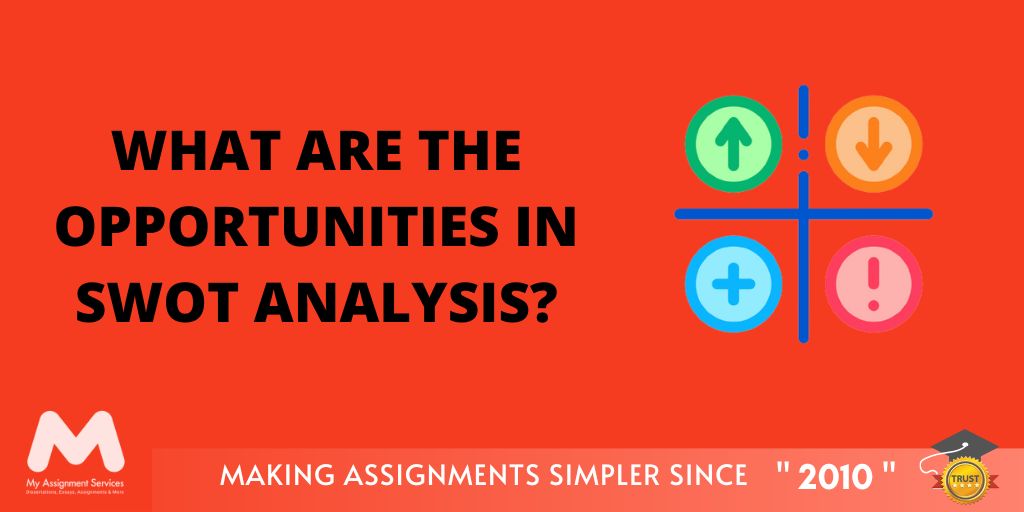
Individuals are inclined to reject you if you provide them with anything novel. However, new idea vendors such as entrepreneurs, researchers, and public intellectuals continue to generate conceptions that did not previously exist. How do they succeed in attracting more people to their innovative ideas?
Business analysis is the study of various issues in a business and determining the solutions to the problems. - Wikipedia
Do you believe busy individuals like entrepreneurs, consumers, and skilled workers will have the patience to follow such lengthy stories about tentative plans and unique concepts? Possibly not. The current fresh notion is that sales associates don't get to be Shakespearean storytellers. They must be skilled at curating analogies, often known as narratives.
Like Albert Einstein quoted, “Growth comes through analogy; through seeing how things connect, rather than only seeing how they might be different”. Comparing various factors is important to make a strategy weighty and ensure success. SWOT analysis is one such technique. This blog is your 101 to the same.

What Is SWOT Analysis?
Generally, it is a management technique firms use to overcome issues in their planning or execution strategies. SWOT "strengths, weaknesses, opportunities, and threats" analysis is an approach to examining an organisation's level of competition and curating strategic plans. Such analysis seeks internal and external factors concerning the present and desired state of the organisation.
It is developed to facilitate a more practical, data-driven and fact-based look at the opportunities and vulnerabilities of the firm, strategies, or the sector. The business must work towards ensuring accuracy to avoid pre-determined beliefs or grey areas and also focus on the real-world implications.
Businesses can use this analysis as a guide and not as a prediction. Here are the primary factors to consider:
Strengths
The qualities of an organisation’s mission based on continuous enhancement of strategies and success are considered the strengths. It can be tangible or intangible depending on various factors like the lacking areas, employee talents, or the company’s different services. This is the first thing to consider in a SWOT analysis.
Weaknesses
The shortcoming of failure to achieve a goal or attain the full potential at individual levels is known as weakness. Such gaps affect the company’s success and development. Failing to meet the standards aimed for is also considered a weakness. Poor decision-making and depreciating machinery are a few examples.
Opportunities
The business climate or the industry is the main provider of competition and opportunities. When a business can develop and proceed with the more lucrative strategies for taking advantage of the industry trends, by capitalising on the present opportunities, firms may gain a competitive advantage.
Threats
Threats develop when outside factors affect the firm's dependability and profitability. If they correlate to the shortcomings, they increase the susceptibility. Threats are unstoppable. The security and survival may be jeopardised due to such threats. Workers' discontent, changing technology, pricing wars, and reduced profit levels are a few examples.
Tip: Using a SWOT analysis to assess the strengths and weaknesses of the business is an effective way to develop strategies to enhance your business, but it is important to keep in mind that it is an analysis, not a prescription, that ensures absolute success.
Although these points are crucial for all organisations, especially for strategizing and overcoming shortcomings, they may not be useful for different situations; they represent the key insights into the circumstances. The advantages, disadvantages, opportunities, and threats can be accessed through this analysis.
Keeping up with such complex concepts and completing assignments - case studies, report writing, research paper writing, etc. - can get challenging. If you need swot analysis assignment help, just fill out the enrolment form to contact experts in the field. You also get free access to our extensive digital library of diverse courses’ academic resources by filling out the forms.
When Is the Right Time to Perform a SWOT Analysis?
A SWOT analysis is an important step before the business can commit to any company action. When exploring new opportunities, revising company policies, altering a strategy midway or considering opportunities to pivot, it is important to employ this analysis. It covers minor to major organisational decisions.
Often it is wise to conduct a casual SWOT analysis to access the current industry landscape and the functioning of your business. It is useful to improve the operations. Such analysis is useful for detecting areas with optimal performance and lacking areas that need to be reformed to improve.
Don't mistakenly think about your company operations casually, believing they would all move along cohesively. One can only see the big picture of the business when they try to create a comprehensive SWOT analysis. After this, you may identify strategies to enhance or remove your current issue while capitalising on the strengths.
The SWOT analysis conducted by Value Line of the popular brand Coca-Cola noted that its lack areas included foreign currency fluctuations and questioned its effects on health. The results also predicted that it would remain one of the top-tier beverage providers, which indeed came out to be true.
Although the company must create a SWOT analysis more frequently, it is beneficial to include all department members for the purpose. Solicit reviews among groups with considerable strength and freely discuss any ideas. The cumulative expertise will help you examine your organisation as a multi-dimensional entity.
How Do Businesses Use a SWOT Analysis?
Such assessment has a four basics-element (acronyms SWOT) system focused on enabling businesses to curate effective strategies and action plans. Knowing the positive and negative effects of the different elements on the organisation's initiative will help companies effectively address them in plans.
For writing a SWOT analysis, you will develop a table divided into four quarters assigning each column to each element - S, W, O, and T. Advantages and disadvantages will not always match the mentioned opportunities and risks exactly. Still, they should correspond because they are fundamentally linked. Other factors to consider are:
Internal
Everything that happens within the organisation is a wonderful information source for accessing the advantages and vulnerabilities of a business. The increase in sales or revenue is among the strengths. Whereas available resources, direct and indirect assets, and production performance are examples of internal variables.
Some potential questions for accessing the internal factors are:
- How good is our profit percentage? (Strength)
- What are our strengths? (Strength)
- Who are our critics? (Weakness)
- Which is the poor-performing product line? (Weakness)
External
Outside factors that affect the company’s performance are just as necessary to entail the success of the business's internal factors. These factors influence areas like the monetary policies, industry trends, and supplier access are a few examples. To overcome these shortcomings, companies must develop a list.
Some potential questions for accessing the external factors are:
- What are the current industry trends? (Opportunity)
- What are the market shares, and how many competitors are there? (Threat)
- Any new guidelines that may adversely affect operations or products? (Threat)
Over 80 per cent of Australian corporations have been using big data analytics for data management in the recent 12 months. - International Data Corporation
After completing your framework and SWOT analysis, develop suggestions and plans depending on the outcomes. So, as per Linda Pophal - CEO and owner of Strategic Communications - such an analysis is necessary to focus on internal strengths and address opportunities to combat vulnerabilities and threats.
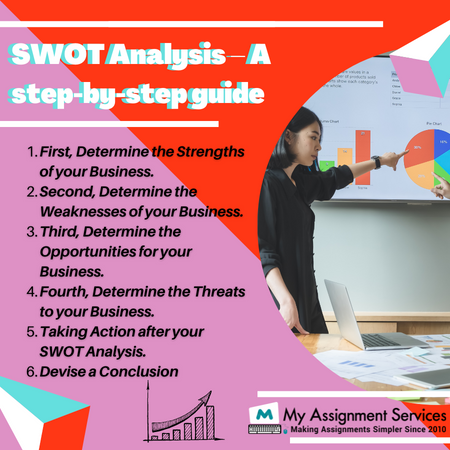
Final Takeaways
A SWOT analysis is a useful assessment tool for strengthening the strategy sessions. It helps gather all the team members to discuss the advantages and disadvantages, address threats, outline opportunities, and develop plans accordingly. The initial analysis before the meeting often changes during the meeting to incorporate variables that could’ve been missed if not for the team involvement.
Businesses use this analysis technique to discuss the overall business procedures and strategies in a meeting that includes teams like production, marketing or sales. It is an effective way of developing strategies, keeping the vital areas involved in the analysis, and abiding by them in the action plan. Companies may work with them in a reverse segment-specific SWOT analysis as well. This will check the accuracy of the primary analysis.
Made it till the end? For free resources and swot analysis assignment help, fill out the enrollment form to get help from subject matter experts. You get free access to our vast digital library containing exclusive academic resources - sample solutions, guidebooks, notes, etc. Enrol today to get a one-on-one live guided session at affordable prices.
Related Study Materials
Our Experts can answer your Assignment questions instantly.
Ask Question0 Comment
Get It Done! Today
1,212,718Orders
4.9/5Rating
5,063Experts





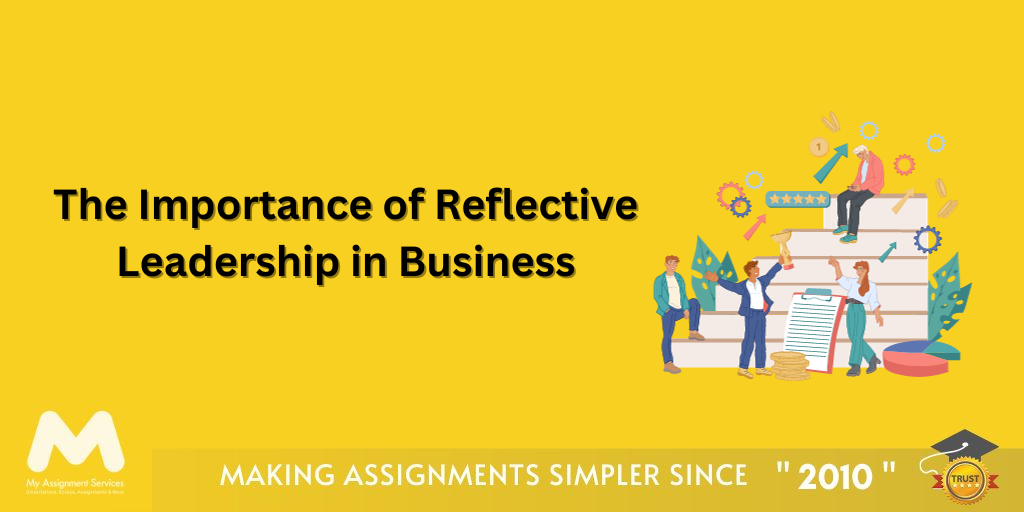
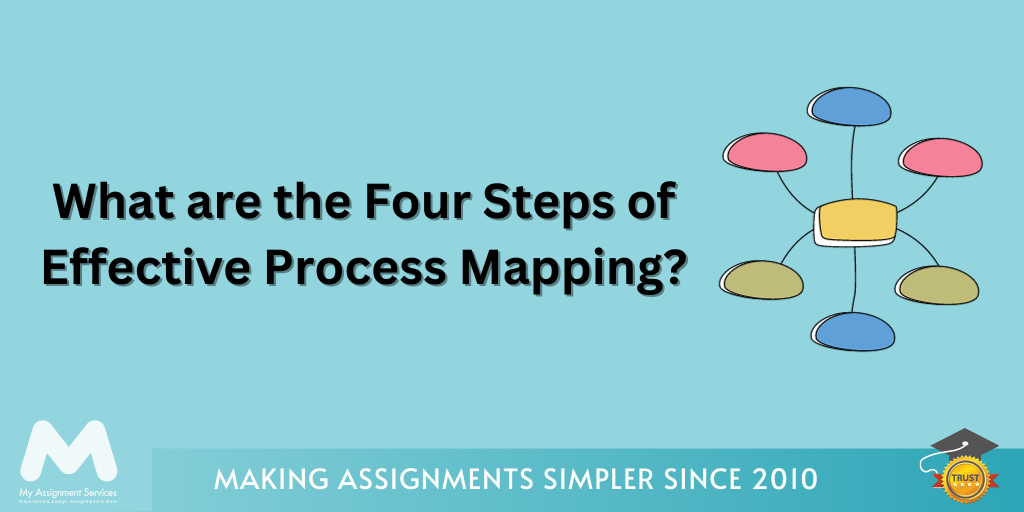
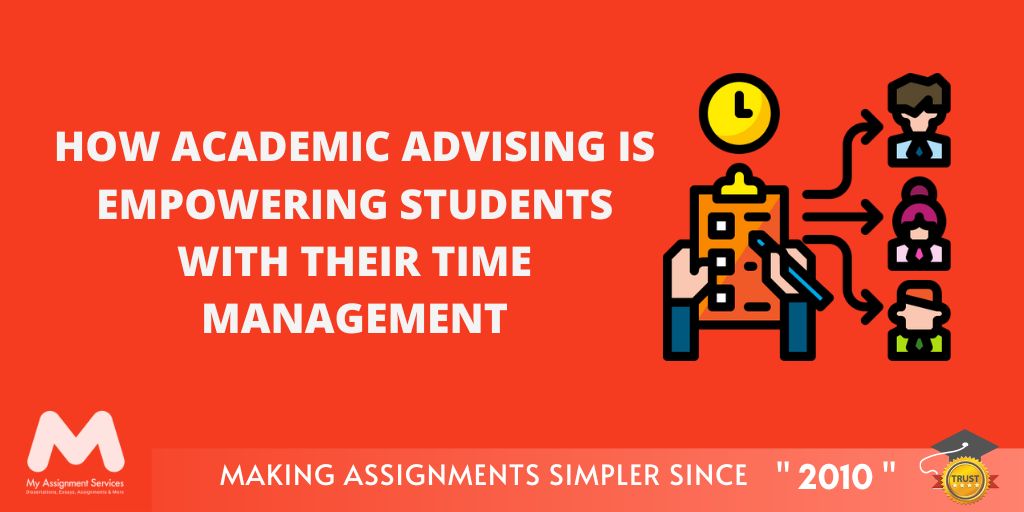





Loved reading this Blog? Share your valuable thoughts in the comment section.
Add comment